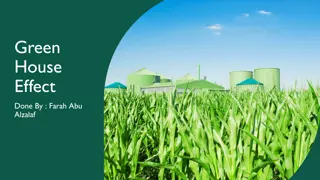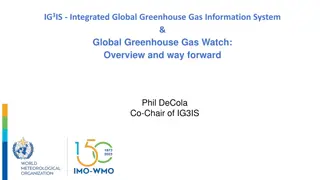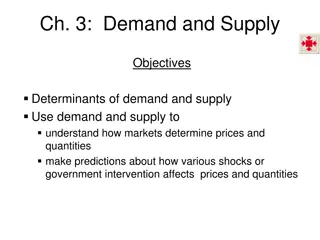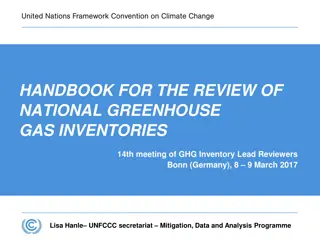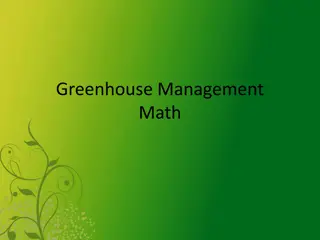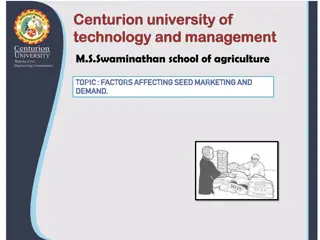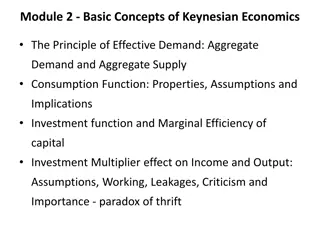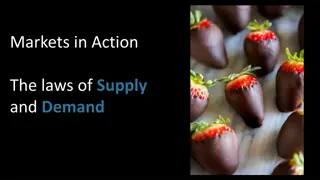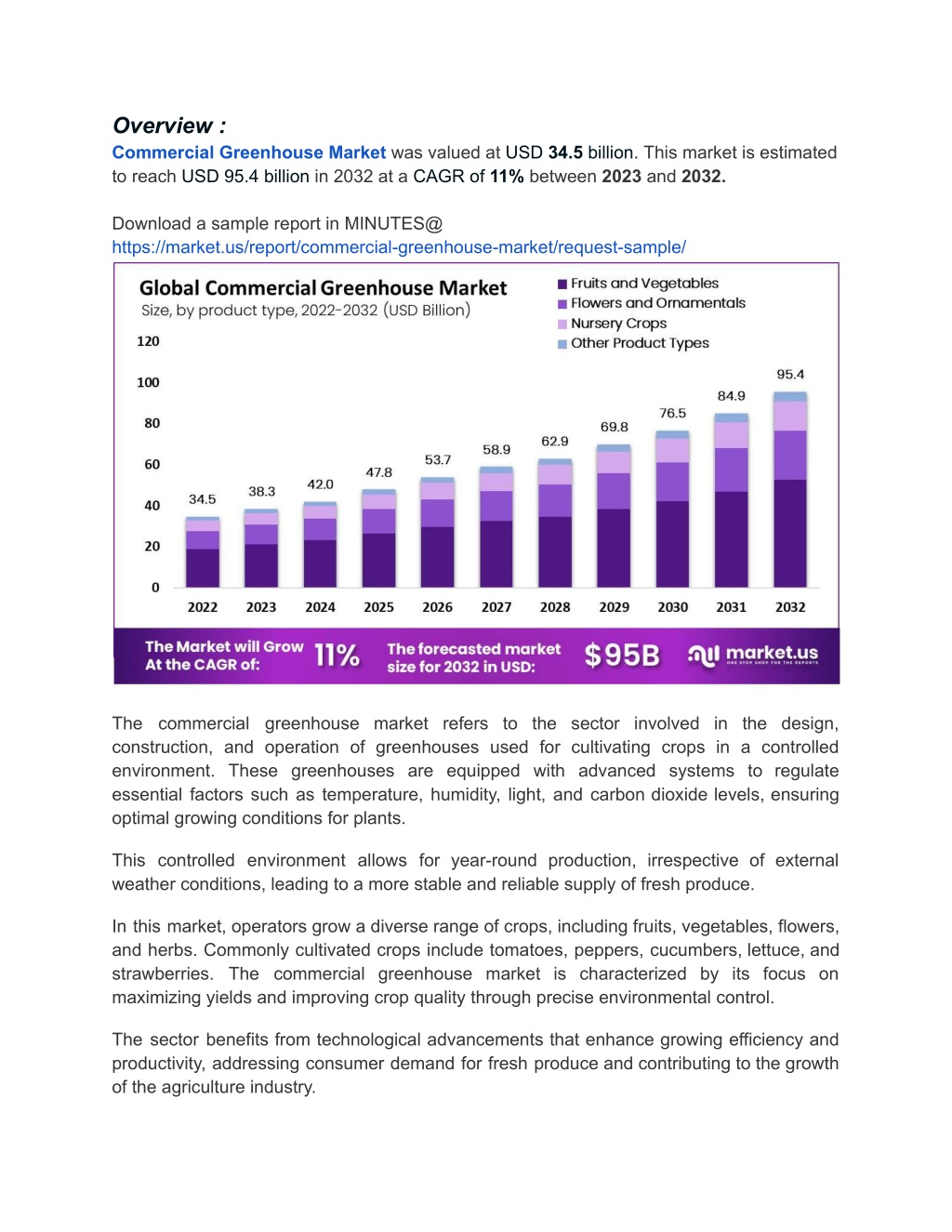
"Surging Demand for Local Produce Sparks Growth in Commercial Greenhouse Sector"
Commercial Greenhouse Market By Type (Glass and Plastic), By Product Type (Fruits and Vegetables, Flowers and Ornamentals, and Other Product Types), By Equipment, By Region and Companies - Industry Segment Outlook, Market Assessment, Competition Scen
Download Presentation

Please find below an Image/Link to download the presentation.
The content on the website is provided AS IS for your information and personal use only. It may not be sold, licensed, or shared on other websites without obtaining consent from the author. Download presentation by click this link. If you encounter any issues during the download, it is possible that the publisher has removed the file from their server.
E N D
Presentation Transcript
Overview : Commercial Greenhouse Market was valued at USD 34.5 billion. This market is estimated to reach USD 95.4 billion in 2032 at a CAGR of 11% between 2023 and 2032. Download a sample report in MINUTES@ https://market.us/report/commercial-greenhouse-market/request-sample/ The commercial greenhouse market refers to the sector involved in the design, construction, and operation of greenhouses used for cultivating crops in a controlled environment. These greenhouses are equipped with advanced systems to regulate essential factors such as temperature, humidity, light, and carbon dioxide levels, ensuring optimal growing conditions for plants. This controlled environment allows for year-round production, irrespective of external weather conditions, leading to a more stable and reliable supply of fresh produce. In this market, operators grow a diverse range of crops, including fruits, vegetables, flowers, and herbs. Commonly cultivated crops include tomatoes, peppers, cucumbers, lettuce, and strawberries. The commercial greenhouse market is characterized by its focus on maximizing yields and improving crop quality through precise environmental control. The sector benefits from technological advancements that enhance growing efficiency and productivity, addressing consumer demand for fresh produce and contributing to the growth of the agriculture industry.
Key Market Segments Based on Type Glass Plastic Based on Product Type Fruits and Vegetables Flowers and Ornamentals Nursery Crops Other Product Types Based on Equipment Heating Systems Cooling Systems Other Equipment By Type Analysis: The plastic segment dominates the commercial greenhouse market, holding 60% of the revenue share in 2022. This segment includes polyethylene, polycarbonate, and polymethyl-methacrylate, known for their cost-effectiveness and durability. By Product Type Analysis: Fruits and vegetables are the leading products in the commercial greenhouse market, capturing 55% of the market share in 2022. This segment benefits from the controlled environment of greenhouses, protecting crops from external factors and ensuring consistent quality and yield. By Equipment Analysis: Heating systems are the most significant equipment in the commercial greenhouse market, holding a 52% revenue share. Essential for maintaining optimal temperature conditions, these systems support plant growth by providing consistent warmth and avoiding hazardous emissions. Market Key Players
Sotrafa Berry Global NETAFIM Certhon Richel Group SA Stuppy Greenhouse Logiqs B.V. Argus Control Systems Ltd. Poly-Tex, Inc. The Glasshouse Company Luiten Greenhouses BV Agra Tech, Inc. Other Key Players Driving Factors: The growing demand for fresh produce, including fruits, vegetables, and flowers, is a primary driver for commercial greenhouses. Their ability to offer year-round production and protection from pests and weather challenges enhances market growth. Restraining Factors: High initial investment costs for land, infrastructure, and machinery pose significant barriers, particularly for small and medium-sized enterprises. Energy-intensive operations and a shortage of technical expertise can also impede market growth. Compliance with strict regulations and competition from traditional farming techniques add to the challenges faced by the commercial greenhouse industry. Growth Opportunity: Technological advancements such as automation and AI present significant opportunities for enhancing greenhouse operations. These technologies enable more efficient cultivation, leading to higher yields and reduced costs. Additionally, rising consumer demand for locally grown produce and urban farming solutions aligns well with the capabilities of commercial greenhouses, supported by government incentives for greenhouse development.

